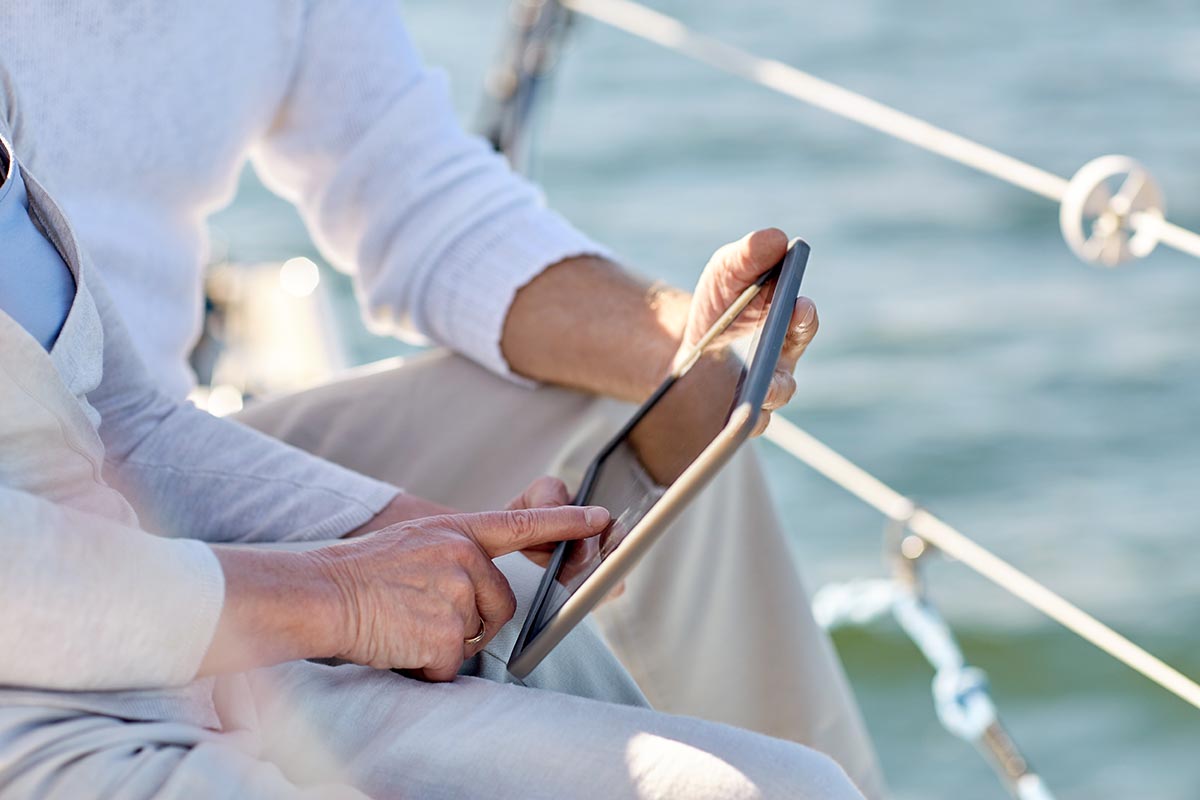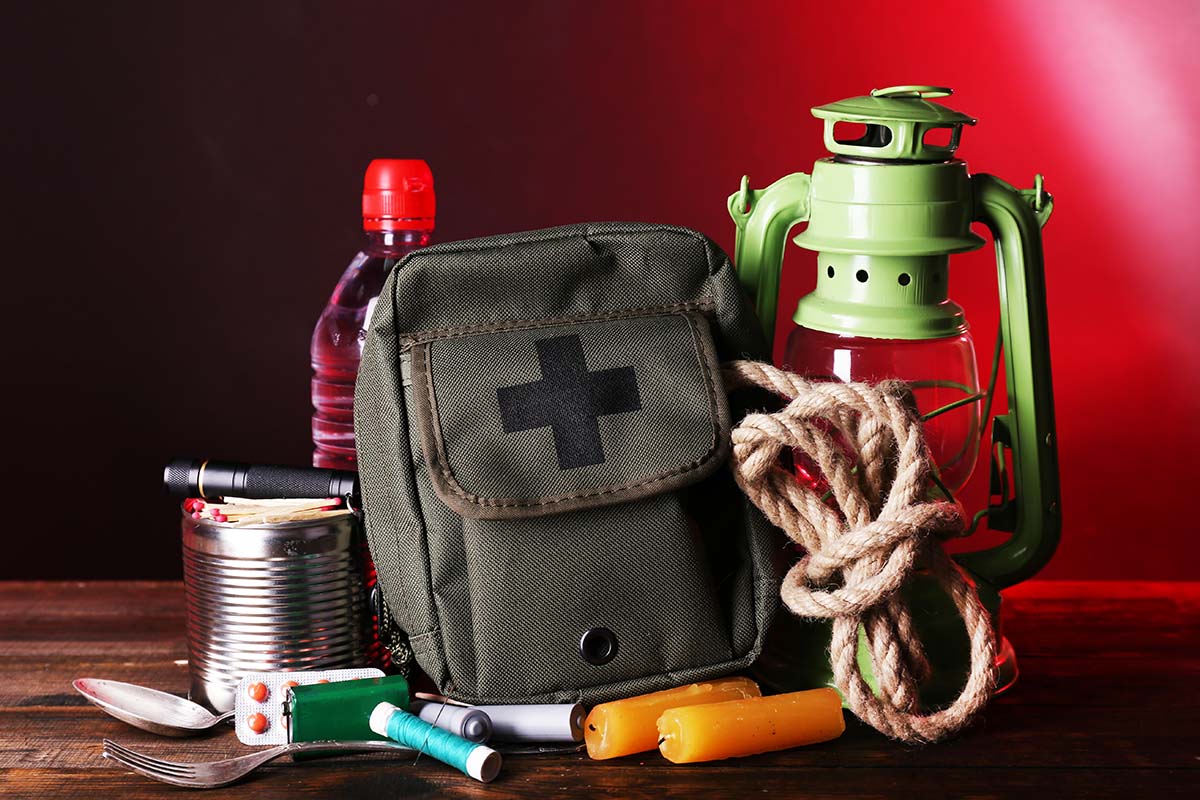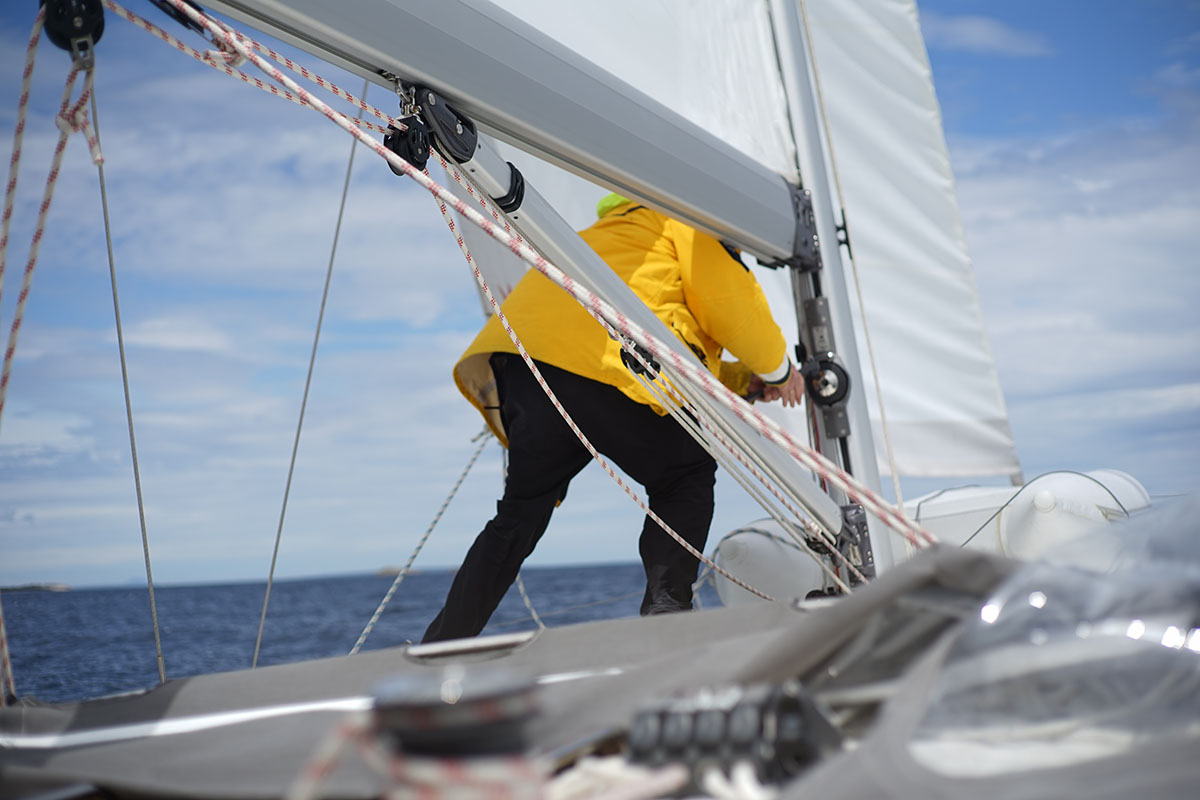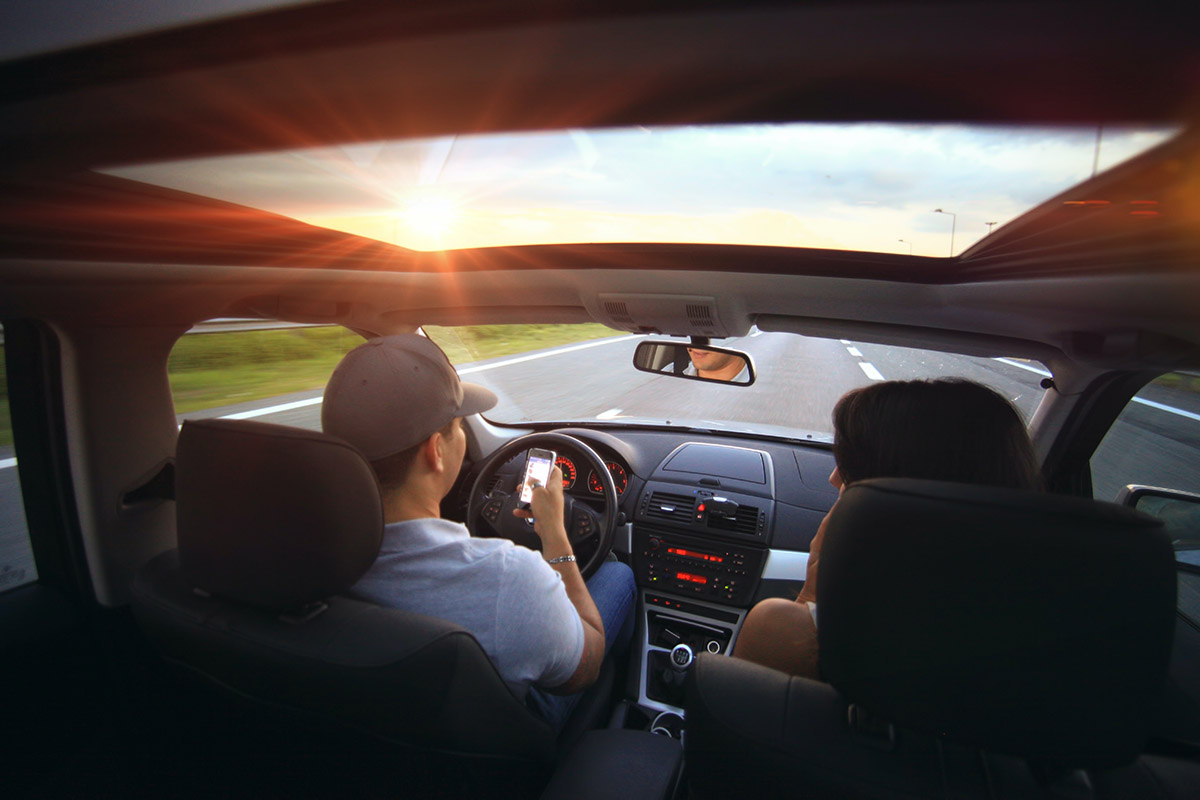Essential Gear for Safety Sailing
KEY POINTS
-
- Life Jackets (Personal Flotation Devices): Essential for keeping individuals afloat if they fall overboard. Ensure each person on the boat has a properly fitting life jacket, preferably approved by the Coast Guard or local maritime authority.
- Emergency Communication Gear: Includes devices like walkie-talkies, VHF radios, and Emergency Position Indicating Radio Beacons (EPIRBs) to ensure you can call for help if necessary. These devices should be waterproof, and it’s crucial to check battery life and have backups available.
- Navigation Tools: Essential for maintaining your course and avoiding getting lost. Tools should include maps, a compass, and a GPS system. Always have backup navigation tools such as a chart plotter and extra batteries.
- First Aid and Survival Kits: A well-stocked first aid kit can handle minor injuries, while a survival kit is crucial for more extended emergencies. Include items like bandages, pain relievers, high-calorie snacks, water, and thermal blankets.
- Additional Safety Equipment: Depending on the size and type of vessel, other safety equipment might include fire extinguishers, anchors, ropes, safety lights, foghorns, and binoculars to manage various potential dangers effectively.
Sailing is an exciting and scenic way to experience the beauty of seas and oceans. While sailing allows immense freedom and adventure, safety should be the top priority, given the dynamic nature of water travel.
Accidents can happen anytime in harsh weather or mechanical issues arise unexpectedly. That is why proper precautions play a vital role in enjoying the sport safely.
This article discusses essential gear that all sailors should carry onboard their vessels to handle any unforeseen situation promptly and reduce risks.
Having the right safety equipment gives peace of mind and can help save lives in an emergency until rescue arrives.
Following basic safety protocols makes sailing much more enjoyable and worry-free. The various gear types discussed here will enable sailors to adequately respond to any scenario and cruise safely in any weather.
Visit https://www.nsw.gov.au/driving-boating-and-transport/waterways-safety-and-rules/lifejackets-and-safety-equipment/equipment-checklist for more information on the use of safety equipment for sailing.
Life Jackets
Also known as personal flotation devices (PFDs), life jackets are the most important safety equipment for sailors. They help keep a person afloat if they accidentally fall overboard into the water.
By law, everyone on board the boat must always have a properly fitting life jacket.
When choosing life jackets, opt for ones specially designed for boating or water sports use. These are more durable and can withstand rough waters.
Look for jackets approved by the Coast Guard or your local maritime authority. Test the life jacket to ensure it fits snugly over clothing and will not slip off in water.
Consider different styles like vests or hybrid models suitable for outdoor activities like swimming or skiing. Always carry additional life jackets for unexpected guests joining the voyage.
Store them where everyone onboard can access them easily, even in darkness or bad weather conditions. Proper use of life jackets offers the best chance of survival while out on the seas.
Emergency Communication Gear
Sailors must carry effective communication devices in case they require outside assistance during their trip. Walkie-talkies or VHF radios allow contacting other boats nearby or emergency services directly.
Choose waterproof radios from vendors like Universal Safety that can withstand rough conditions. Ensure batteries are fresh and have extras ready.
Another important device is an Emergency Position Indicating Radio Beacon or EPIRB. This emergency radio transmitter helps rescuers locate your boat quickly if you run into difficulties far from shore.
Activate the EPIRB if facing any life-threatening situation like sinking or man overboard.
Carry additional signaling devices like flares, mirrors, or cell phones if there is any reception. A marine GPS and chart plotter act as a navigation backup and enable sharing your coordinates via radio.
Being able to call for help can save precious time during an unforeseen mishap in open waters.
Navigation Tools
It’s easy to get lost at sea when there is no land in sight. That’s why sailors need to bring maps, compasses, and other tools to know where they are going.
Charts show the depths of the water and hazards below, and a magnetic compass helps steer the boat in the right direction.
GPS, or Global Positioning System, uses satellites to pinpoint the boat’s location. Keep it charged and dry. Backup nav tools like a chart plotter can display your spot on a digital map.
Mark dangerous areas and safe harbors before any trip.
Come prepared with extra batteries, too. You don’t want tools to stop working when they’re most needed. Recheck positions often and note landmarks to confirm the boat isn’t straying off course.
Being found saves time if trouble happens, so pack essentials to navigate storms or calm seas.
First Aid and Survival Kits
It’s important to bring a medical kit and extra gear in case of emergencies when sailing. A first aid kit should include bandages, medicine, and clean rags to treat minor cuts and injuries away from doctors.
It should also include pain relievers, anti-itch cream, gloves, and hand sanitizer. In case of serious troubles, download a first aid guide.
Also, prepare a survival kit in case you get stuck overnight on the water. Bring extra clothes, high-calorie snacks, water, and other supplies to stay warm, dry, and fed until help arrives.
Don’t forget a flashlight, glow sticks, signal mirror, and emergency thermal blanket.
Use a dry bag to keep this gear dry. Be ready by restocking first aid items and checking dates on survival equipment before each sail.
Having the right medical and emergency supplies ensures you can handle minor issues or wait out major problems safely until rescue.
Click here to learn more about thermal blankets.
Safety Equipment
Apart from life jackets, various pieces of safety equipment are important on any sailing vessel. Appropriate options depend on boat size and type of trip.
Some essentials include fire extinguishers in case an electrical issue causes a spark. Also, anchors and ropes must be packed to stop the boat securely in emergencies.
Consider a foghorn or bells to signal location during low visibility. Dedicated safety lights make the vessel visible to other boats after dark, too. Binoculars scan the horizon for potential trouble far away.
Extra dock lines let others pull the boat to safety if drifting away. Storm sails or reinforced railings add stability during strong winds.
The safety gear’s key role is to manage any unexpected hazard to remain safe and afloat. Practicing safety plus skills lets sailors enjoy carefree rides no matter the weather.
For some of the best safety equipment, you can contact professional marine safety gear providers like Universal Safety. To learn more, you can contact them via the details below:
Contact:
Universal Safety Ltd.,
Coal Park Lane, Unit 3&4 Midas Business Park,
Southampton SO31 7GW
https://www.universalsafety.co.uk/
Final Word
While sailing brings thrills and adventure, prioritizing safety should always be non-negotiable. Preparing with essential gear ensures any mishap can be addressed promptly until additional aid arrives.
This allows continued enjoyment of the hobby without constant worry. As with any activity involving water travel, unforeseen circumstances may occur through no fault of one’s own.
However, carrying the recommended safety equipment significantly minimizes potential dangers.




















